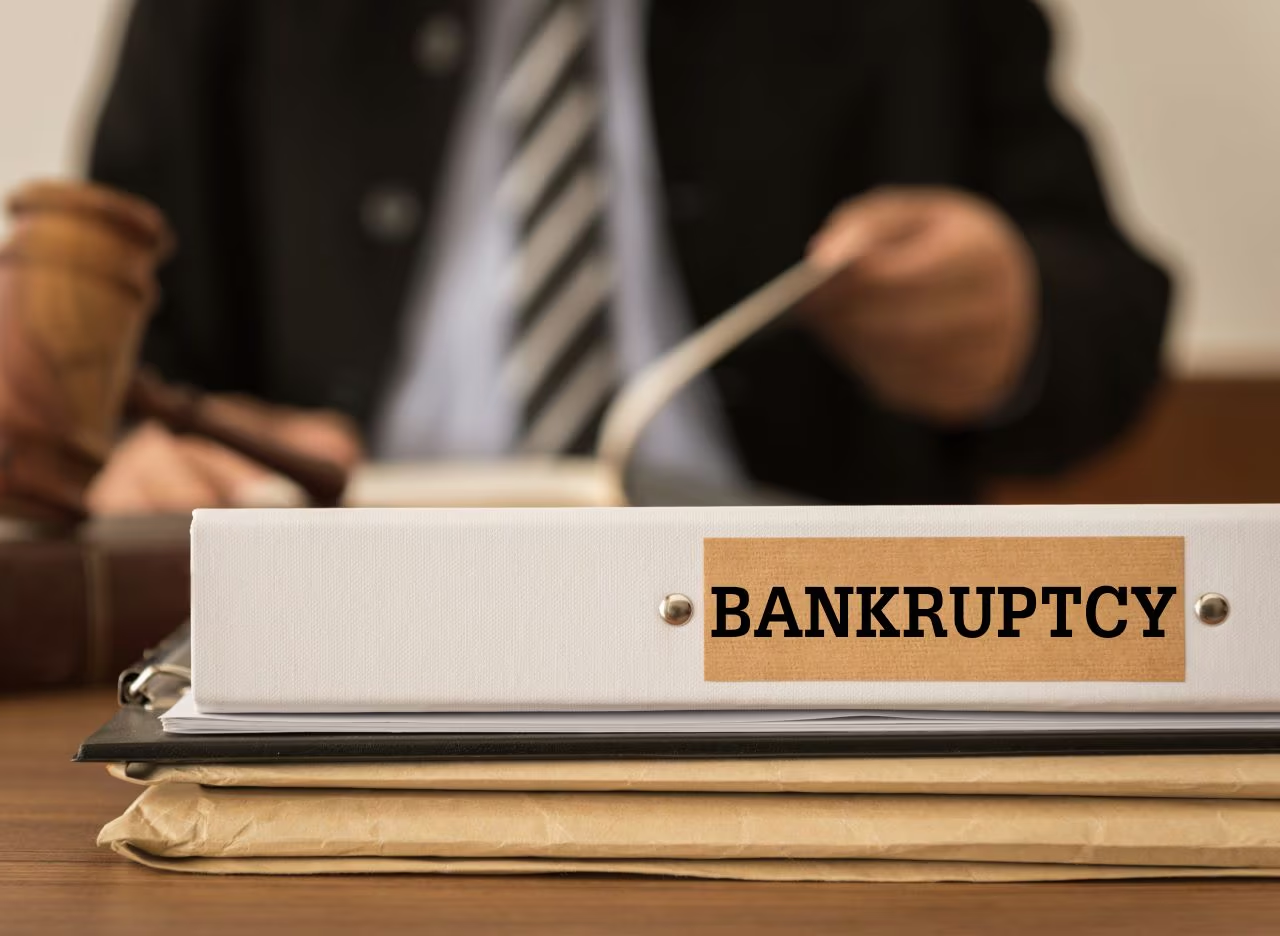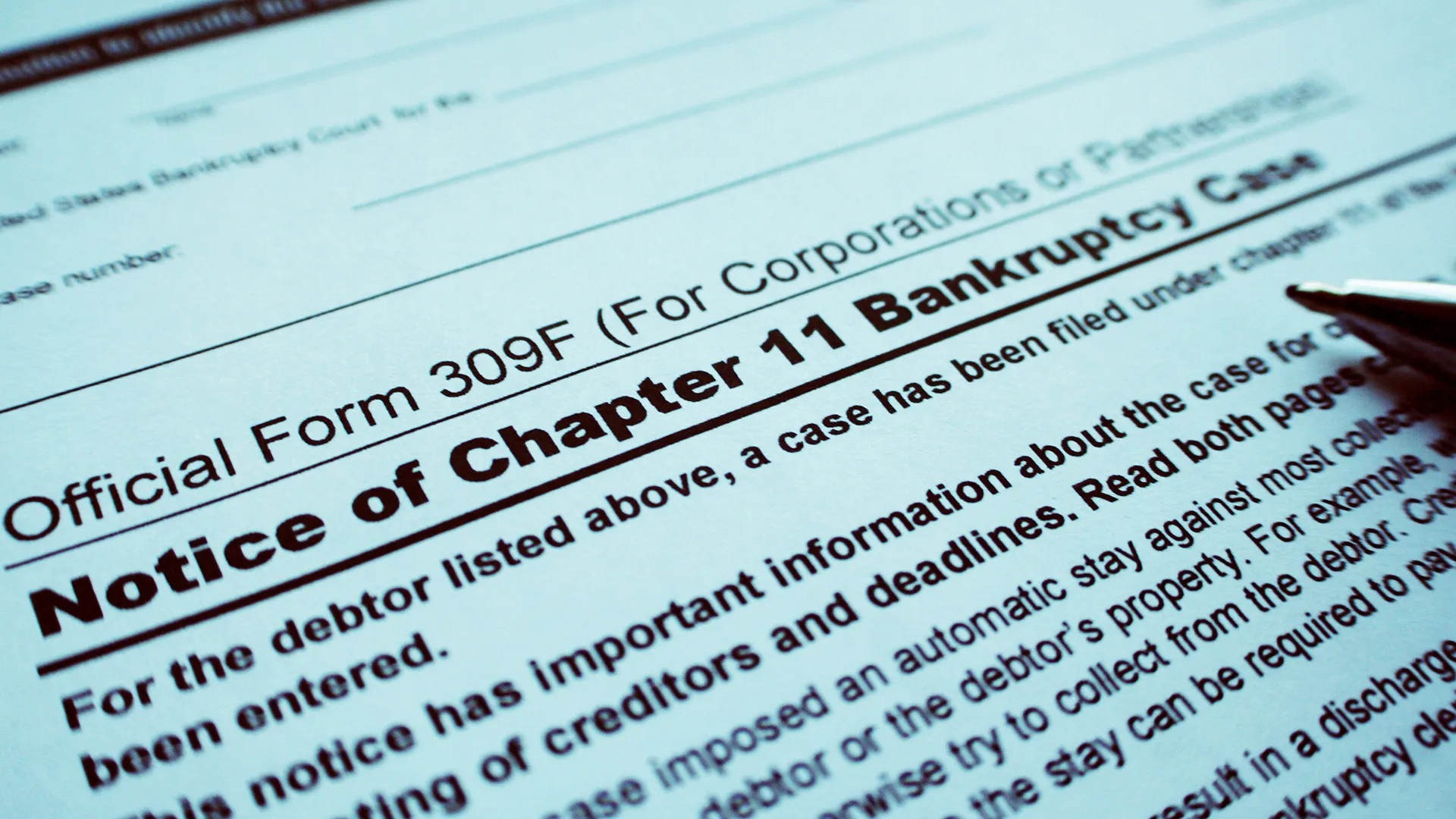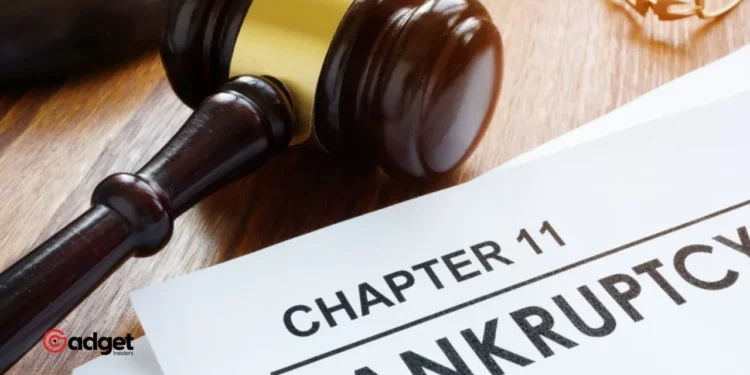In the world of watercraft sales, bankruptcies are making waves more frequently than industry experts would expect. A significant case has emerged from Fort Worth, Texas, where Tommy’s Boats, a well-known ski and wake boat dealer, along with its 16 affiliates operating under the Tommy’s Boats dealership banner, has recently filed for Chapter 11 bankruptcy. This drastic step was taken after the company defaulted on approximately $105 million in secured debt to M&T Bank. The situation reflects not just a local issue but a global trend affecting the boat manufacturing and retail sectors.
The bankruptcy filings by boat dealers and manufacturers are not a common occurrence, yet several recent cases indicate a growing pattern. For instance, the Canadian boat manufacturer Limestone Boat Co., and its subsidiaries filed for Chapter 7 liquidation in the U.S. Additionally, European boat builders are not left out of this downturn; Swedish company Ryds Boats declared bankruptcy in November 2023 and was subsequently acquired by Norwegian manufacturer Cormate. Shortly thereafter, in January 2024, German builder SAY Carbon Yachts also filed for insolvency.

A Deep Dive into Tommy’s Boats’ Financial Struggles
Tommy’s Fort Worth’s financial disclosures reveal assets ranging from $1 million to $10 million against debts staggering between $100 million to $500 million. The filing also listed over $123 million in combined secured and unsecured debts, underscoring the severe financial duress under which the company is operating.
The implications of the bankruptcy extend beyond the corporate offices and into the lives of customers and other stakeholders. In a letter dated May 20 to customers, Tommy Boats highlighted the receivership status initiated on April 22 by the Circuit Court for Kent County, Michigan.

The letter soberly noted that since all of Tommy Boats’ assets were encumbered by M&T Bank’s security interests, and with the bank possibly being under-secured, there was no guarantee that creditors, including customers with deposits on undelivered boats, would recover their funds. This situation has led to palpable distress among consumers, with reports emerging of customers, like one in Colorado, who are unable to reclaim significant deposits for boats that have never been delivered.

Since all of Tommy Boats’ assets were encumbered by security interests of M&T Bank, and the bank was likely to be under-secured and owed millions after disposition of all the debtor’s assets, no assurance could be made that creditors would recover any outstanding claims.
The Broader Impact and Industry Reactions
This string of bankruptcies in the boat selling industry signals potential instability and prompts a reevaluation of financial strategies within the sector. It also raises questions about the broader economic factors at play, including shifts in consumer confidence and spending in luxury goods like boats.Amidst these challenging times, other players in the industry have been quick to distance themselves from troubled companies.
Malibu Boats, a former dealer partner of Tommy’s, has publicly stated their intention to vigorously defend against claims made by Tommy’s following their severed business relationship. This legal stance not only highlights the strains within industry partnerships but also reflects the contentious environment as businesses strive to mitigate risks associated with financial instability.

Tommy’s was formerly a longtime dealer partner of ours, and we ended our relationship due to concerns about Tommy’s own conduct and its financial soundness.
Navigating Uncertain Waters
As the legal proceedings continue, with Tommy’s Boats’ Chapter 11 filing providing an automatic stay on all current legal proceedings, there remains a glimmer of hope for some creditors. However, the broader implications of these bankruptcies resonate through the industry, indicating a turbulent period ahead for boat dealers and manufacturers alike.
This series of financial failures within the boating industry underscores the need for robust financial strategies and perhaps a more cautious approach to expansion and debt management. As the industry navigates these choppy waters, stakeholders from manufacturers to customers will be watching closely, hoping for a stabilization that will allow them to once again set sail toward growth and profitability.










